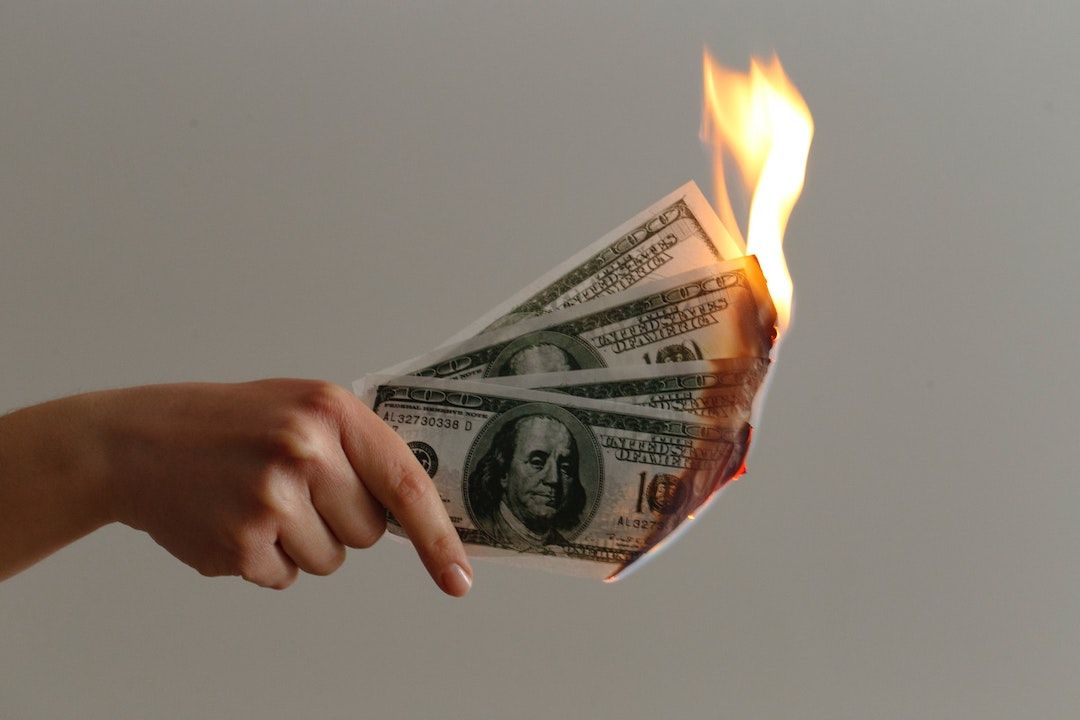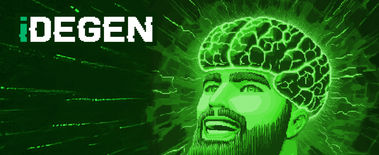-
Damien Hirst has burned hundreds of artworks after selling NFT versions of the pieces
The works being burned are estimated to be worth around $11.3 million (£10 million)
4851 consumers chose the NFTs over the physical artwork available
A contemporary British artist well-known for his publicity stunts began incinerating his own pieces following the sale of their corresponding NFTs.
After launching the NFT collection, Hirst informed his buyers they could choose to purchase the physical artwork or the NFT. Those who chose the Non-Fungible Token were told the corresponding physical pieces would be destroyed.
A Sizzling Statement on the NFT Landscape
The almost ritualistic burning ceremony for Hirst’s collection “The Currency” marks the final phase of his unique NFT project, launched in July 2021. The series include 10,000 paintings of colorful dots, each signed, numbered, titled, and linked to corresponding tokens.
All of the pieces in collection were valued at $2,000, whether purchased in physical or digital form. Notably, Hirst informed buyers purchasing the NFTs of his pieces that if they choose the digital version of the product, the corresponding real-world piece would be destroyed.
5,149 buyers chose to collect the physical painting, while 4,851 opted for the NFT alternative.
On the 11th of October, Hirst followed through on his promise to destroy the corresponding art for the NFTs, by burning batches of paintings in the London Gallery. Dressed in a silver boiler suit and matching safety gloves, Hirst incinerated each piece in front of a crowd of onlookers.
Burning Millions of Dollars’ Worth of Art
It’s been estimated that Hirst has destroyed approximately £10 million ($11.3 million) in art pieces. In Twitter posts prior to the exhibition, Hirst acknowledged he was struggling with the decision to burn so much of his work.
During interviews, he confessed some titles were harder to burn than others. However, the entire project did have a purpose – to determine whether physical art or digital art was worth more in the current economy.
When critics suggested Hirst was simply burning millions of dollars’ worth of art, he argued he was simply “completing the transformation of these physical artworks into NFTs”.
Notably, as the “Art of Newspaper” reports, the burning process is intended to have no negative impact on the environment, as the log-burning stoves are “virtually smokeless”, and fueled by renewable sources.
Testing the Value of Physical vs Virtual Art
Hirst’s behavior has sparked significant controversy and criticism in the art world. Time Out’s Eddy Frankel suggested the artist may have completely lost “touch with the real world”.
Of course, controversy hasn’t stopped Hirst’s actions in the past. In fact, many of his pieces have been the source of great debate, including various animals encased in formaldehyde.
Despite significant confusion from investors, Hirst believes an NFT of an art piece only obtains its value when the original piece no longer exists:
“The two can’t exist at the same time”.
The remaining pieces connected to the 4,851 purchased NFTs will be burned throughout the rest of October, until the close of the exhibition on the 30th.












